Throughout history, some of the earliest empires shaped civilizations in ways that still resonate today. These ancient realms, spanning regions from Mesopotamia to the Nile, introduced advancements in law, governance, architecture, and culture that set the stage for human progress. Each one—whether known for its powerful armies, monumental architecture, or profound cultural influence—played a pivotal role in creating complex societies that flourished for centuries. These empires exemplified the heights of ancient human achievement.
Maurya Empire
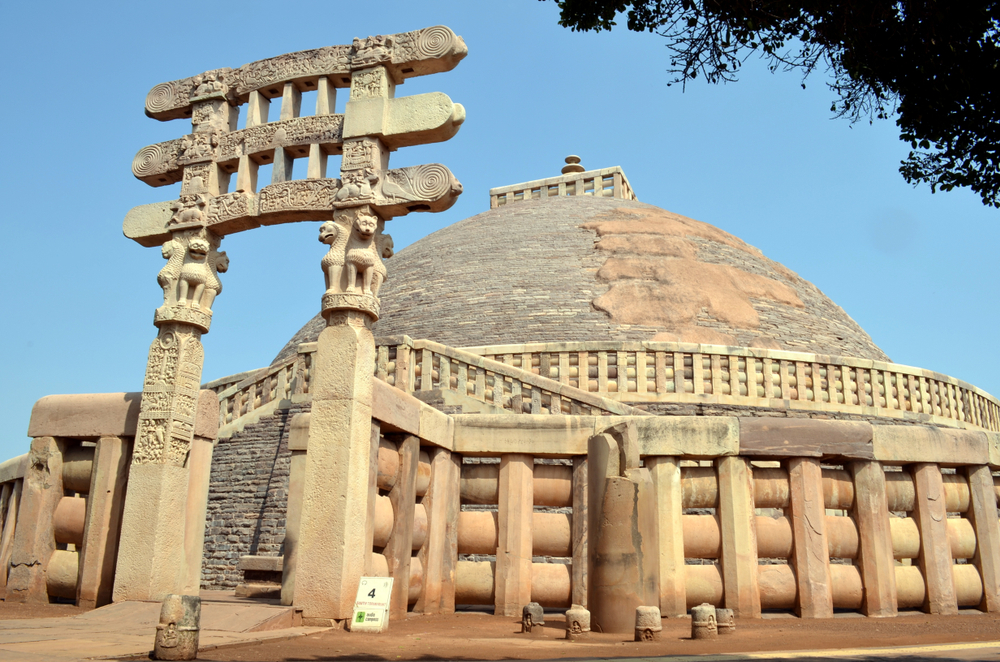
The Maurya Empire, established by Chandragupta Maurya in 322 BCE, was one of ancient India’s largest empires, extending across the Indian subcontinent. With its capital at Pataliputra, it thrived under the guidance of Chanakya, who authored the Arthashastra, a foundational treatise on governance. Ashoka the Great, one of the Mauryan rulers, embraced Buddhism after witnessing the devastation of the Kalinga War and spread its principles across his empire. It advanced in economy, trade, and diplomacy, promoting social welfare and infrastructure development. After Ashoka’s reign, however, the empire weakened due to financial strains and internal conflict, ending around 185 BCE. Its influence on Indian political philosophy and Buddhism left a lasting legacy in Asia. Its integration of governance and religion became a model for future Indian states.
Achaemenid Empire (First Persian Empire)
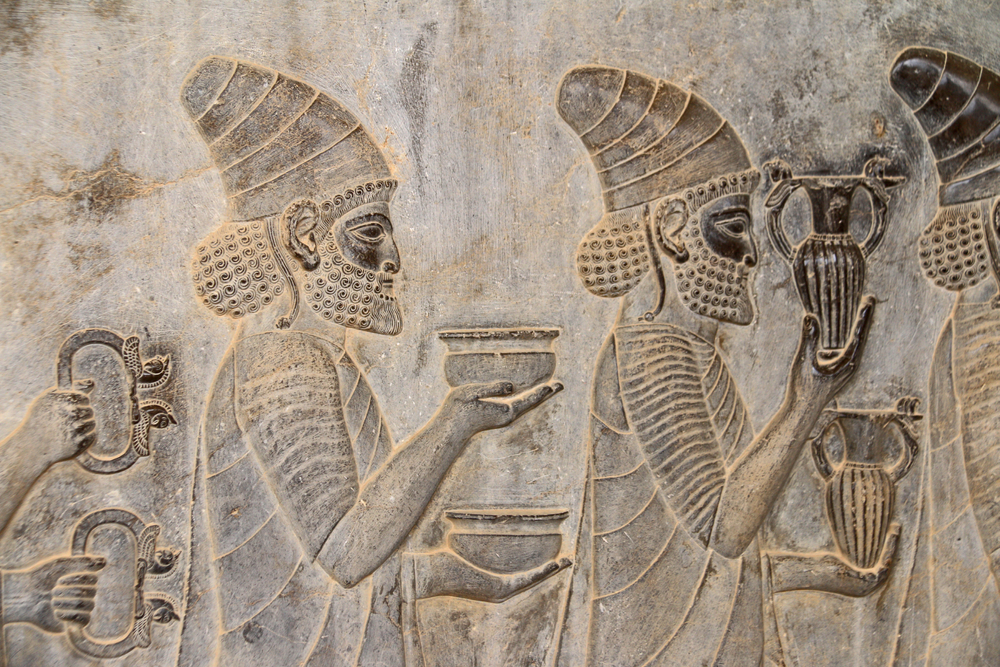
Founded by Cyrus the Great in 550 BCE, the Achaemenid Empire, also known as the First Persian Empire, stretched from the Balkans to the Indus Valley. With its capital in Persepolis, it was known for its effective administration and tolerance of diverse cultures and religions. Darius I expanded the empire further, organizing it into provinces governed by satraps and building the Royal Road for efficient communication. Its respect for local customs and autonomy was groundbreaking for the era, fostering stability across vast territories. The Achaemenids were ultimately defeated by Alexander the Great in 330 BCE, ending their rule but leaving a legacy of governance and culture. Its advancements in administration and infrastructure influenced governance structures in subsequent empires. Its policies of tolerance set a precedent for multicultural societies in the ancient world.
Zhou Dynasty
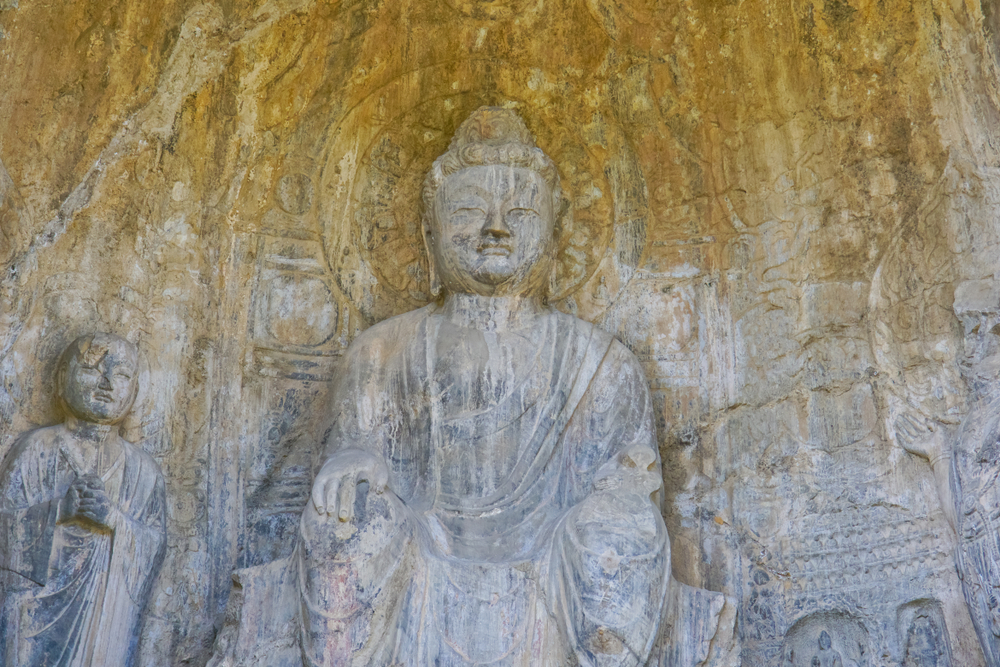
The Zhou Dynasty, which began around 1046 BCE, is one of China’s longest-lasting dynasties. It established a unique feudal system, where lords ruled different regions under the emperor’s authority. The Zhou’s Mandate of Heaven concept, justifying the ruler’s divine right, became a central part of Chinese governance. Their period saw significant advancements in ironwork, agriculture, and philosophy, with early Taoist and Confucian thought taking root. The Eastern Zhou era, particularly, was marked by cultural flourishing and technological progress. However, internal conflicts among feudal states led to the dynasty’s decline, ending around 256 BCE with the rise of the Qin. Its influence on Chinese culture and political ideology lasted for centuries, shaping China’s future dynasties. The Mandate of Heaven principle remained integral to Chinese rule, influencing governance long after the dynasty’s fall.
Kingdom of Kush
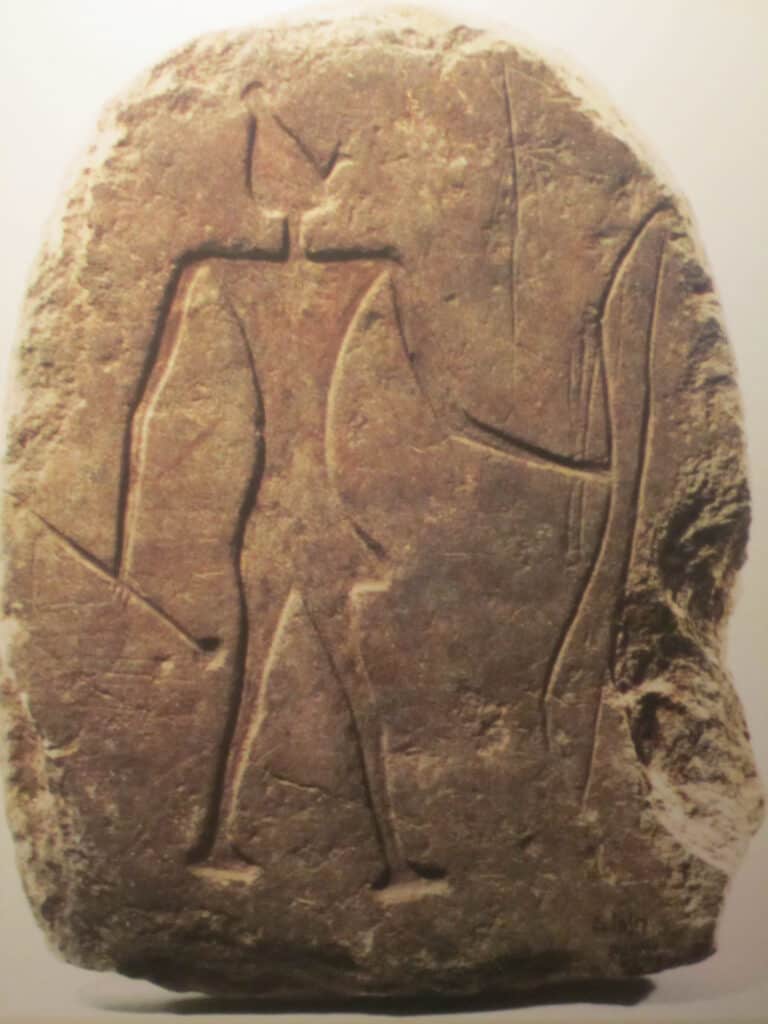
The Kingdom of Kush, also known as the Nubian Empire, was established around 1070 BCE and thrived in Nubia, in what is now northern Sudan. Positioned along the Nile River, it became an influential trade center, interacting with Egypt and other African kingdoms. The capital city of Kush changed over time, moving from Kerma to Napata and then to Meroë, each becoming a hub of Kushite culture and innovation. Renowned for its ironworking and impressive pyramids, it was a powerful rival to ancient Egypt, even ruling over it as the 25th Dynasty when its kings, including Piye and Taharqa, held the Egyptian throne. Kushite rulers emphasized architecture, building pyramids that stand to this day, and revived Egyptian religious practices by restoring temples. In its later years, Meroë became the center of the kingdom, developing a unique script and religious identity distinct from Egypt. The kingdom began to decline due to internal strife and external threats, including Roman incursions, ultimately collapsing around the 4th century CE. The legacy of the Kingdom of Kush is marked by its resilience and cultural contributions, including its distinct architectural style and written language.
Hittite Empire
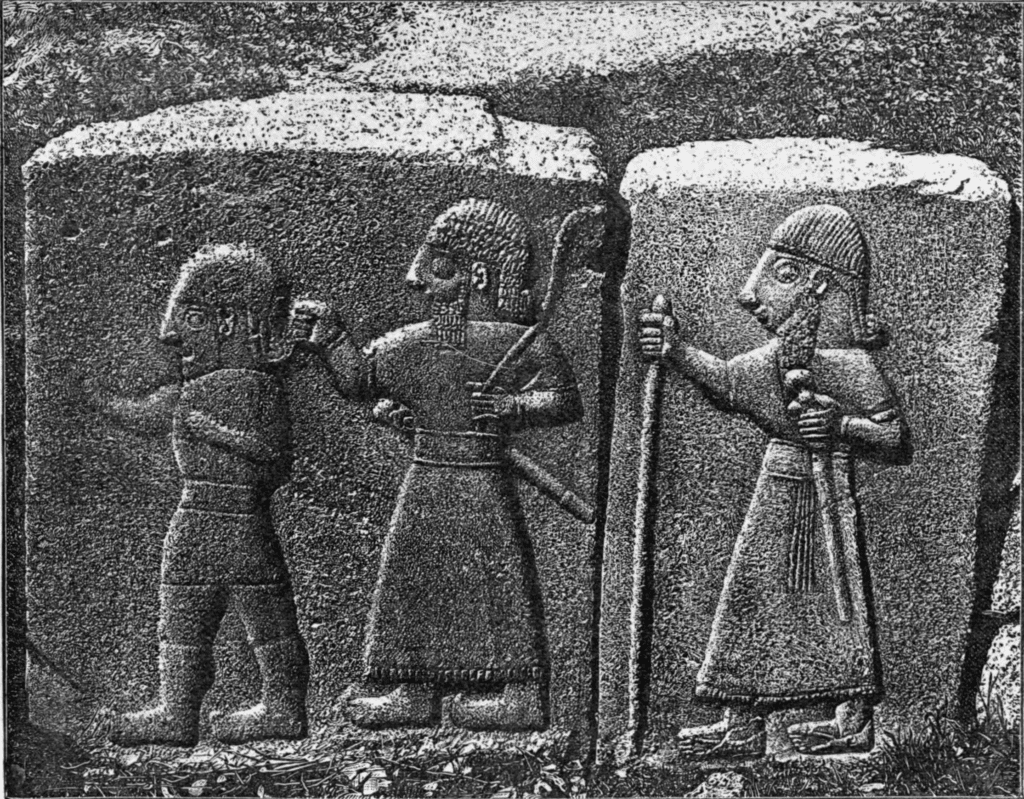
The Hittite Empire, established around 1600 BCE, dominated much of Anatolia and northern Syria. Its capital, Hattusa, was strategically located in modern-day Turkey, allowing the Hittites to control important trade routes. Known for their expertise in iron smelting, they were among the first to use iron weapons, which gave them a military advantage. Their legal and political systems were advanced, with a written law code and councils that advised the king. It reached its peak under King Suppiluliuma I in the 14th century BCE, challenging the Egyptian Empire in the famous Battle of Kadesh. Despite their strength, internal strife and invasions by the Sea Peoples contributed to their decline around 1178 BCE. They left an enduring mark with their iron technology and legal systems, influencing future cultures across the region. Their diplomatic correspondence, preserved in clay tablets, offers invaluable insights into ancient Near Eastern politics.
Babylonian Empire (First Babylonian Dynasty)
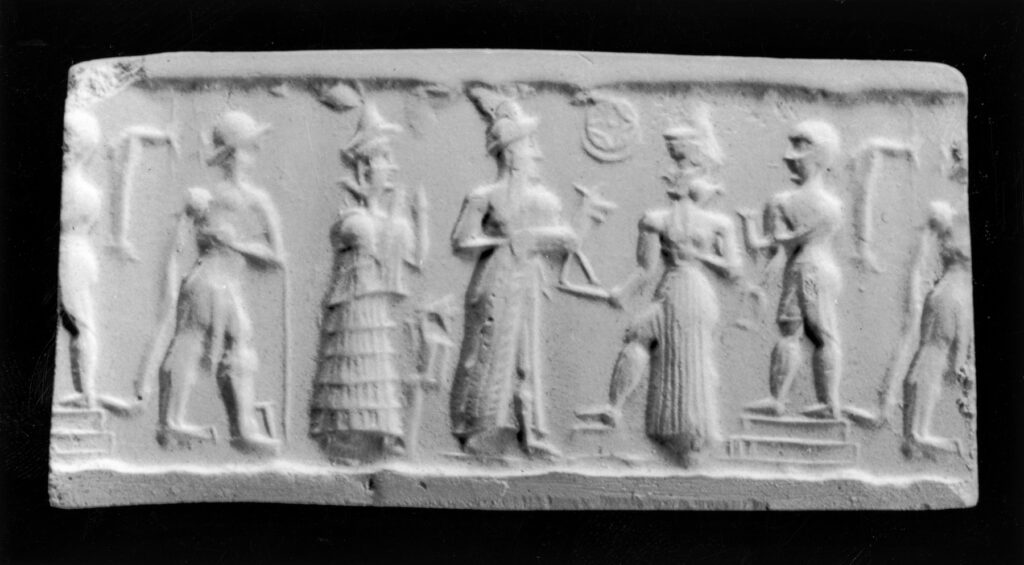
The First Babylonian Dynasty, founded around 1894 BCE, became a major power in Mesopotamia with Babylon as its capital. Under King Hammurabi, who ruled from 1792 to 1750 BCE, it expanded, encompassing much of southern Mesopotamia. Hammurabi is famed for his code of laws, one of the earliest and most complete legal codes in history, which standardized justice across his empire. Babylon flourished as a center of trade, science, and culture, with innovations in mathematics and astronomy. After Hammurabi’s death, however, the empire weakened, and it was eventually conquered by the Hittites around 1595 BCE. Its influence on law and governance continued to shape Mesopotamian civilizations. Its achievements in law and science made Babylon a lasting symbol of ancient wisdom. Hammurabi’s Code remains one of the most significant contributions to legal history.
Assyrian Empire
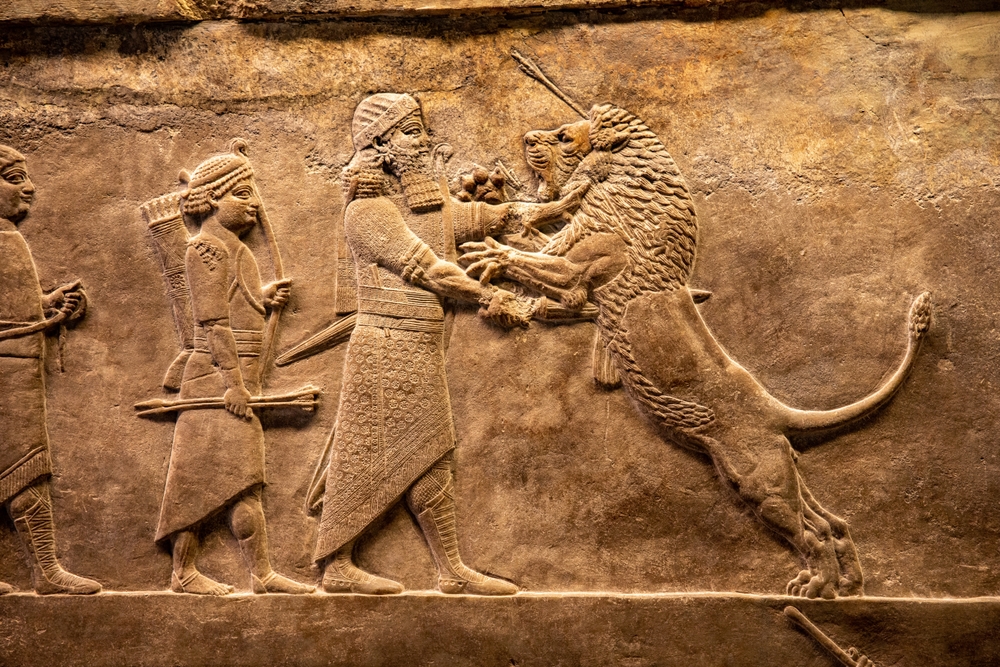
The Assyrian Empire, established around 2025 BCE, is known for its military prowess and vast territorial expansion. Initially a small kingdom in northern Mesopotamia, its capital moved several times, including cities like Ashur and Nineveh. The Assyrians developed advanced siege tactics, allowing them to conquer much of the Near East, including Egypt at one point. Their society valued literacy, and their rulers compiled extensive libraries, including the famous Library of Ashurbanipal. It reached its height in the 7th century BCE under rulers like Sennacherib and Esarhaddon but began to collapse by 605 BCE due to internal strife and external attacks. The fall of Nineveh marked the end of the Assyrian Empire. The Assyrians’ military innovations and administrative systems influenced later empires, leaving a legacy in governance and warfare. Their monumental architecture and art are still celebrated as high points of ancient Mesopotamian culture.
Akkadian Empire
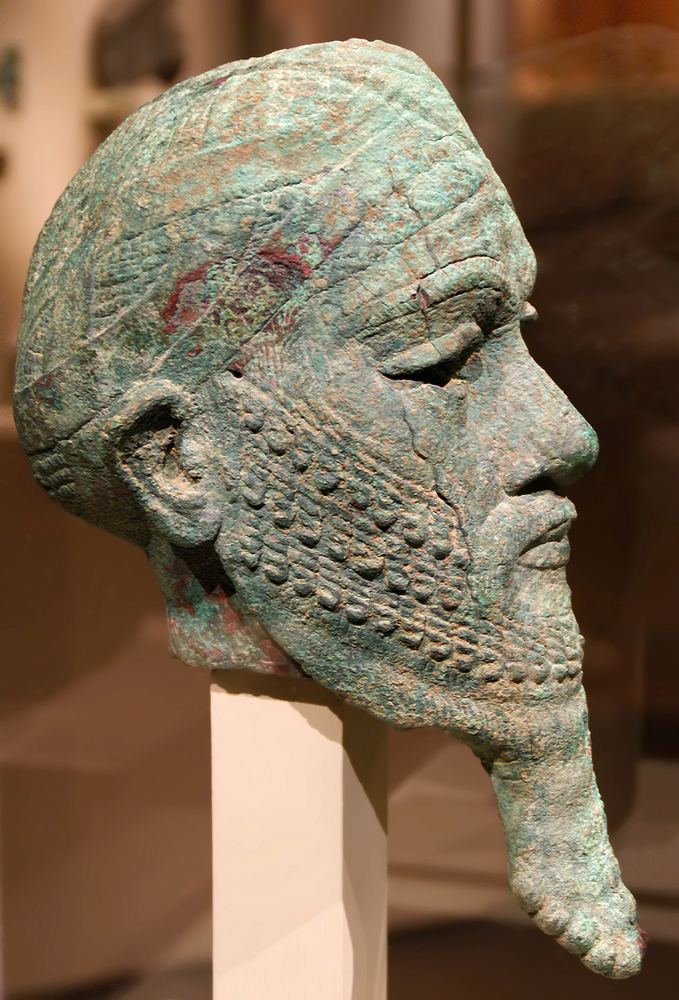
The Akkadian Empire, founded around 2334 BCE by Sargon of Akkad, is often recognized as the world’s first empire. Emerging in Mesopotamia, its center was the city of Akkad, although the exact location remains unknown. Under Sargon’s rule, the empire expanded significantly, reaching parts of modern Iraq, Syria, and Turkey. Known for uniting Akkadian and Sumerian speakers, the empire thrived on trade and military strength. Akkadian, the empire’s official language, became prominent across the region. Its influence on art and governance was extensive, shaping Mesopotamian culture for centuries. Following Sargon, the Akkadian Empire continued under successors like Naram-Sin, who proclaimed himself “King of the Four Corners of the World.” Despite its power, the empire eventually fell around 2154 BCE due to invasions and internal strife. Its accomplishments included the first known postal system and codified laws, which would later influence other Mesopotamian cultures. Its fall marked a shift back to smaller city-states, but its legacy continued to inspire later empires.
Sumerian Empire (First Dynasty of Lagash)
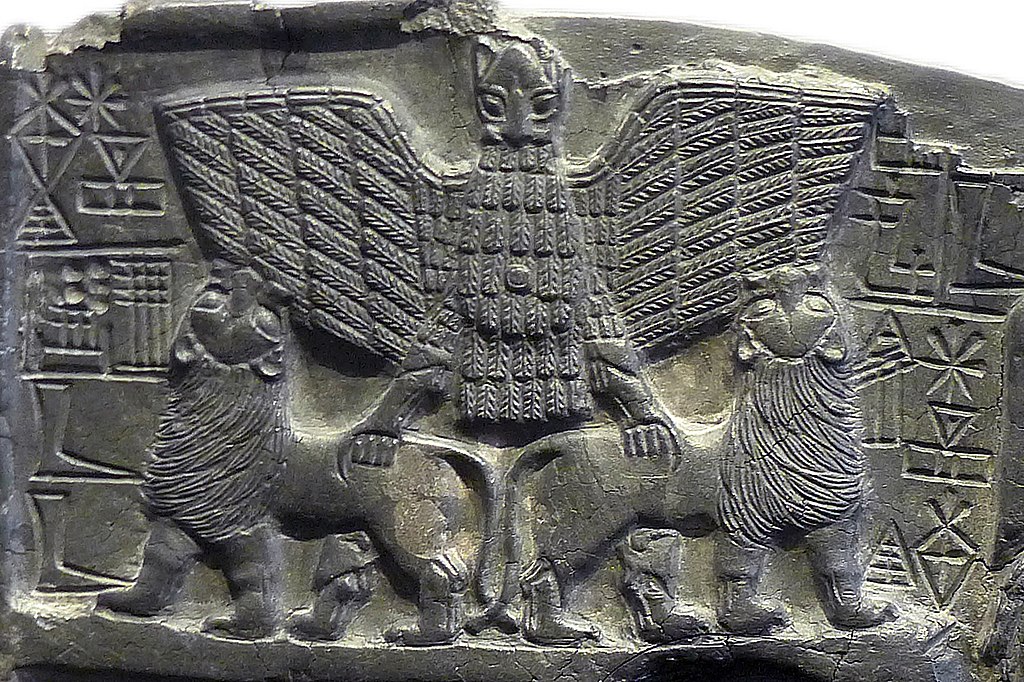
The Sumerian Empire, led by the First Dynasty of Lagash, rose in the mid-3rd millennium BCE, uniting several city-states in Mesopotamia. King Eannutum of Lagash is credited with founding this early empire around 2500 BCE, extending his rule over neighboring regions. The Sumerians were pioneers in developing writing systems, which they used to record trade, laws, and cultural practices. It was among the earliest to form organized armies and establish legal codes. Religion was deeply integrated, with each city-state dedicated to a patron deity. However, it faced conflicts with neighboring cities and suffered from environmental challenges like soil salinity. By around 2270 BCE, Lagash’s dominance waned, paving the way for other powers in Mesopotamia. Its achievements in writing, mathematics, and law deeply influenced future civilizations. Its legacy in governance and urban planning persisted through subsequent empires in the region.
Egyptian Empire (Old Kingdom)
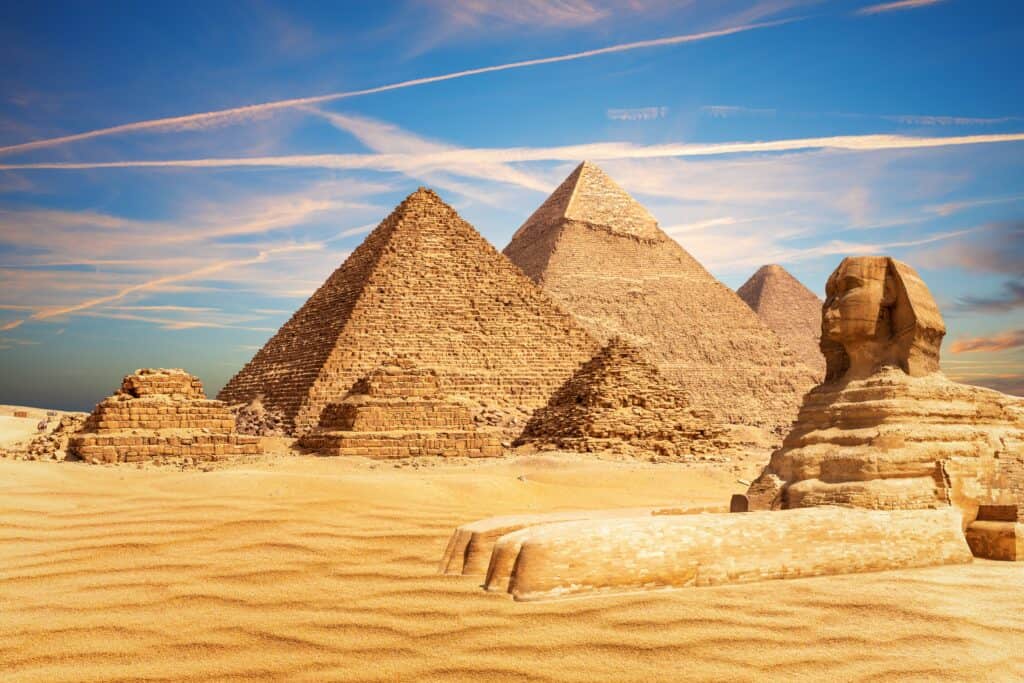
The Old Kingdom of Egypt, established around 2686 BCE, marked a golden age in ancient Egyptian history. Known for its monumental architecture, it was during this period that the iconic pyramids at Giza were constructed. The capital was initially in Memphis, near the Nile Delta, where powerful pharaohs unified the state and centralized administration. Egyptian society thrived under a rigid social structure and an economy supported by agricultural surplus along the Nile. Religion and the concept of divine kingship were fundamental, with pharaohs seen as gods on earth. By 2181 BCE, however, the Old Kingdom began to decline due to political fragmentation and weakened central authority. This fall led to the First Intermediate Period, where local rulers, or nomarchs, gained significant power. The Old Kingdom set the foundation for Egypt’s later cultural achievements, with its architecture, religious beliefs, and centralized rule leaving an enduring legacy. The massive pyramids remained symbols of Egypt’s early dynastic power and engineering marvels.
This article originally appeared on Rarest.org.
More from Rarest.org
8 Most Collectible Vintage Christmas Ornaments

Vintage Christmas ornaments hold a special charm, making them highly sought after by collectors. Their history and craftsmanship add to their appeal, transforming them into treasured keepsakes. Read More.
8 Treasured Vintage Perfume Bottles and Their Values

Vintage perfume bottles are more than containers; they are pieces of art. Collectors and enthusiasts treasure these relics for their craftsmanship and history. Read More.
10 Beautifully Preserved Ancient Cities Buried Beneath the Earth
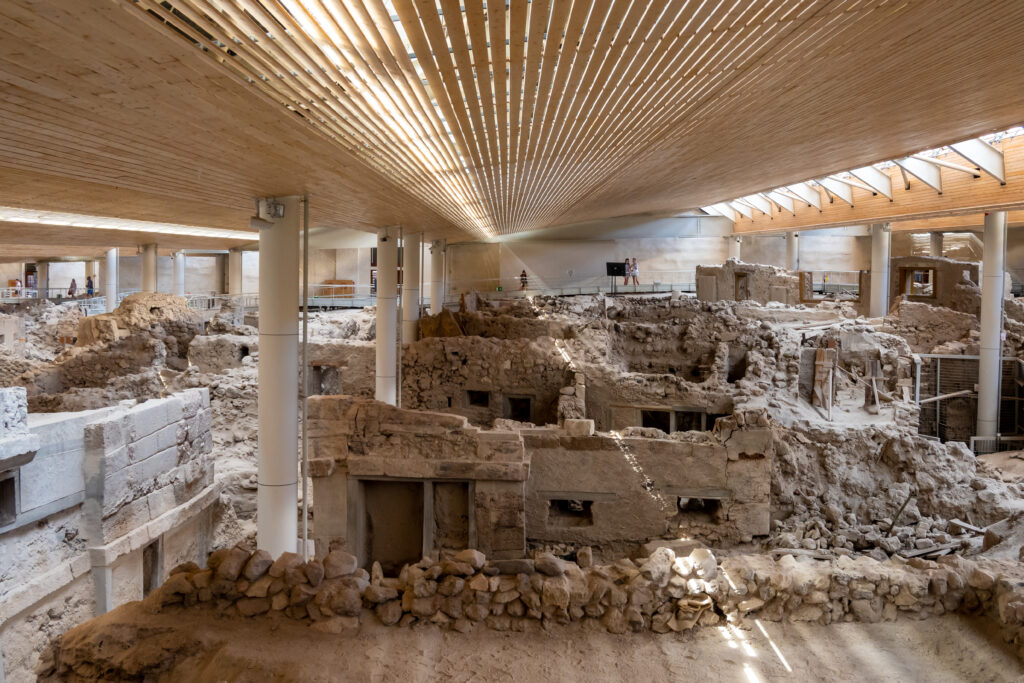
Ancient cities hold mysteries of civilizations long gone, hidden beneath the earth for centuries. These cities, once bustling with life, are now beautifully preserved time capsules of history. Read More.
